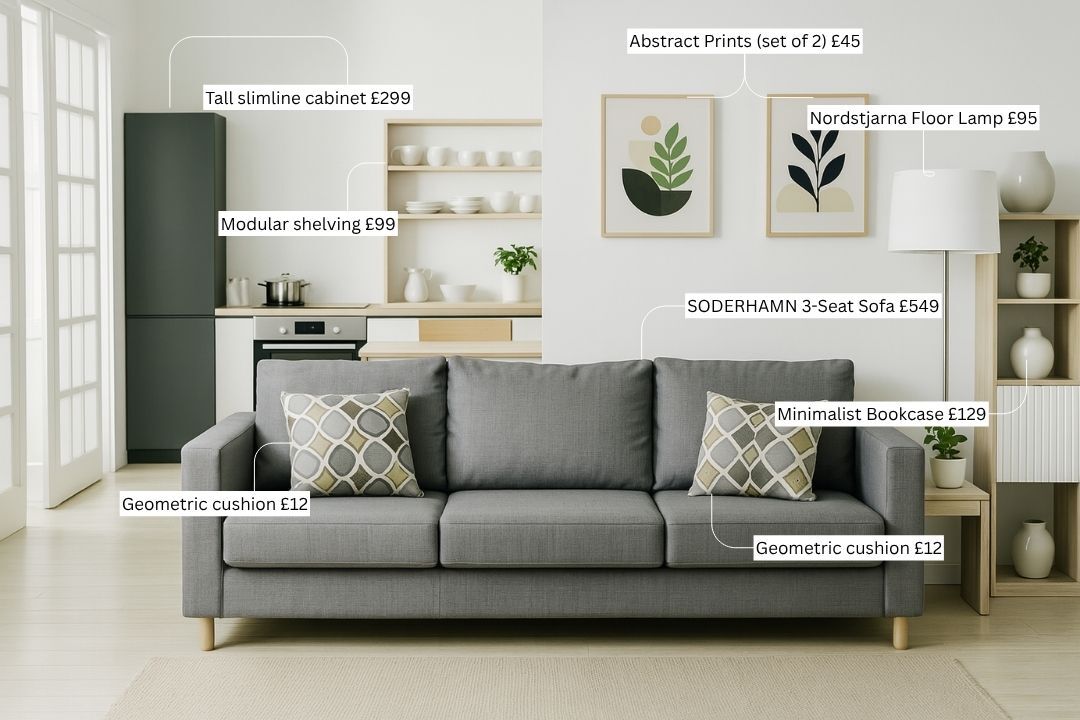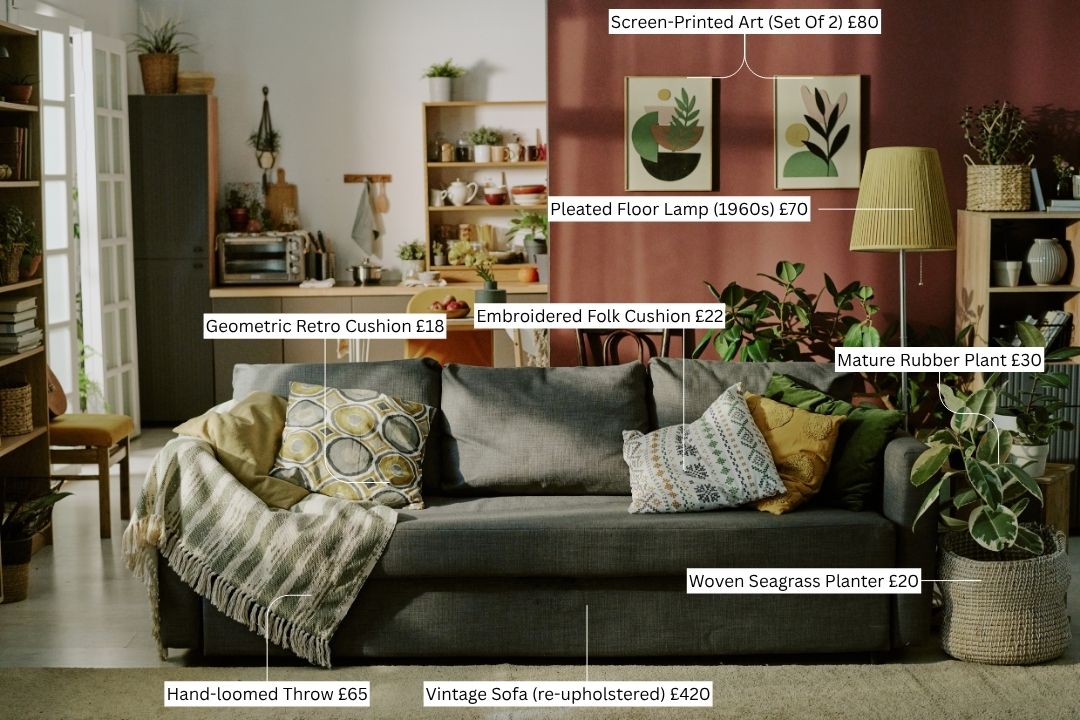Posted by Wall Panels World on 3rd Jul 2025
Slow Decorating - What Is The Patient Home Design Trend?
Slow decorating is the art of creating homes gradually. It prioritises quality over speed, meaning over trends, and patience over instant gratification. Rooms evolve naturally with your life rather than appearing finished overnight.
Note: This approach isn't about procrastination or indecision. It's a conscious choice to prioritise thoughtful curation over quick fixes.
What slow decorating actually means
Slow decorating means resisting the urge to fill every corner immediately. Rather than weekend makeovers and instant room reveals, you live in your space, understand how you use it, then gradually add pieces that genuinely improve your daily life.
The core idea centres on quality over quantity. Instead of buying a complete living room set from one shop, you might spend months finding the perfect sofa, then wait longer for the right coffee table that complements it properly.
Interior designer Amy Baratta describes it as "the process of taking your time to curate the perfect space for yourself".
The SLOW Method
Select
Choose pieces with intention and clear purpose
Live
Spend time in your space before making changes
Organise
Plan priorities and budget thoughtfully
Wait
Be patient for the right pieces rather than settling
This doesn't mean leaving rooms empty indefinitely or overthinking every purchase. It's about being intentional with choices and comfortable with spaces that evolve gradually.
Fast decorating vs slow decorating
Why slow decorating has gained momentum
The pandemic shifted how we think about our homes. Suddenly, these weren't just places we slept but became offices, gyms, restaurants, and entertainment centres. People began questioning whether their hastily furnished spaces actually supported their daily lives.
The movement also responds to growing environmental awareness. Fast furniture contributes significantly to waste, with millions of tonnes ending up in landfills annually. Slow decorating naturally promotes sustainability through quality purchases, vintage finds, and thoughtful consumption.
"I believe the 'slow decorating' trend was born from the frenzy around the need to change our environments during the pandemic."
— Viki Chupik, interior designer
Social media has accelerated interior design to an almost frantic pace. Pinterest boards overflow with instant transformations, Instagram feeds showcase perfect rooms, and online shopping makes impulse buying dangerously easy. Slow decorating provides a deliberate counterpoint.
How to approach slow decorating
The process starts with patience. Live in your space for a few months before making significant changes. Notice where natural light falls throughout the day, how you move through rooms, which areas feel cramped or awkward.
Start with essentials: comfortable seating, adequate lighting, storage for daily necessities. These form the foundation that makes living in incomplete spaces bearable while you search for special pieces.
Develop a simple rule for purchases. Country Living editor Rachel Barrett uses the "Three Ways Rule": if you can envision using a piece in three different ways throughout your house, it's worth buying. This prevents single-purpose items that limit future flexibility.
Investment priorities
Spend more on pieces you use daily: sofas, beds, dining tables. These affect your comfort and well-being every day, making higher quality worthwhile. You can start with budget-friendly accessories and artwork, upgrading these over time as you discover your preferences.
Vintage and second-hand shopping works particularly well with slow decorating. These pieces "have to find you" because you can't order them online or expect them to be available when convenient. This naturally introduces patience into the process.
Why it might work for you
The approach suits people who enjoy the process of discovering and collecting pieces over time. It's less suitable for those who prefer immediate results or find decision-making stressful rather than enjoyable.
Where wall panels fit
Wall panels work well with slow decorating principles because they're architectural elements rather than furniture. They form part of the structural foundation that makes living in evolving spaces more pleasant, providing visual interest and character while you gradually collect other pieces.
Shaker panels

Classic rectangular frames create timeless appeal that works with any furniture style you might collect later.
Tongue and groove

Vertical boards add height and texture while providing a neutral backdrop for artwork and furniture you acquire over time.
Panels also protect walls from scuffs and marks, useful when you're still figuring out furniture placement. They provide a finished backdrop that makes sparse rooms feel more intentional during the gradual decorating process.
Finding your own pace
Slow decorating isn't about following rigid rules or achieving magazine-perfect spaces. It's about developing a more thoughtful relationship with your home, one that prioritises how spaces feel over how they look in photos.
The goal isn't to create rooms that never change. Slow decorating recognises that good spaces evolve with their inhabitants. What matters is building a foundation of quality pieces and architectural elements that adapt gracefully as your life and preferences shift.
Whether you embrace the full philosophy or simply slow down your next room refresh, the core idea remains valuable: homes that develop gradually often feel more authentic and liveable than those completed in weekend sprints.
Ready to start slowly?
Architectural elements like wall panels create character while you gradually build your space. Browse timeless options that work with any style direction.


